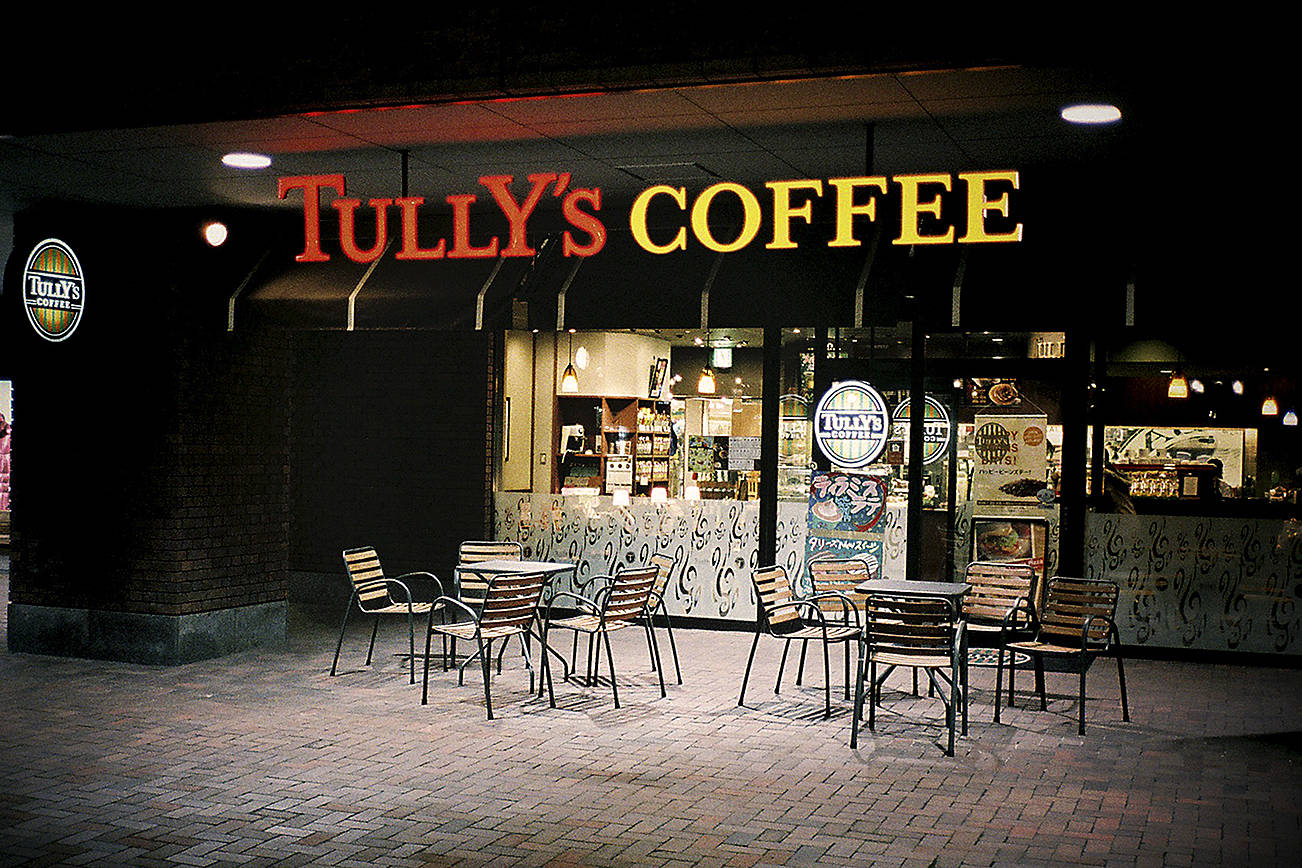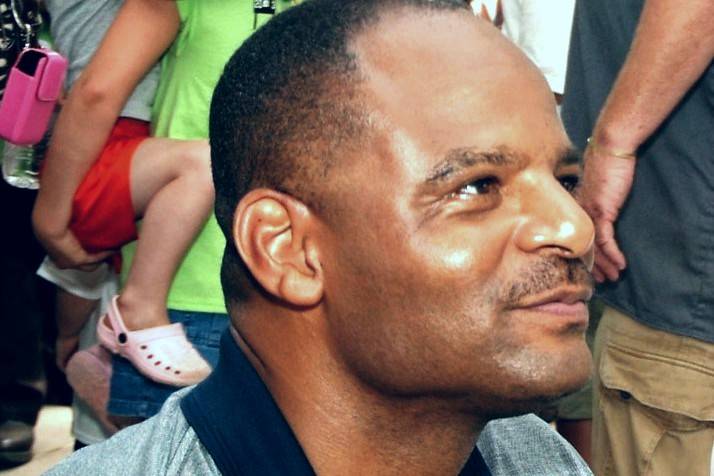JOHN DICKINSON’S BROW RIPPLES as he hunts through the cascading stacks of documents on the kitchen table of his Seward Park house. Then he brightens: “Here’s the one I want.” The paper he’s extricated is dated 1894; it says there are people buried in lost graves under the topsoil of west Beacon Hill—perhaps 400 or more, men, women, and babies, in a site called Comet Lodge Cemetery, along South Graham Street and 21st Avenue South. “Even before it was an official graveyard they were burying their dead there,” Dickinson says in a gravelly voice that suits our topic. “In those days, 150 years ago, two out of three babies died, and people just kept trying till they got one that lived. I have 450 names of people who were buried there, not counting the Indians buried before them.” He fights with his papers and pulls out that list, too. “They are still there, underfoot.”
Dickinson, a 49-year-old househusband and neighborhood activist, has been battling torestore the graveyard,with public and private funding. He explains that that’s not just because one of his ancestors, a long-ago mayor of South Park, is buried there. “An elderly Queen Anne woman called me recently to inquire if her brother’s name was on the graveyard list [he has compiled on his computer]. She remembered being at the gravesite when she was small.”
Dickinson told her, “Yes, the family name is there. Twice. Two boys.”
“You mean,” she said, startled, “I had two brothers?”
THE OLD DEATH SITE has itself been buried, first by timeand then by bureaucracy. Its ownership and stewardship have been so neglected that houses now cover half its 5 acres and untamed brush and trees the other half. A deed recorded in 1895 says the cemetery is “forever” dedicated to those who purchased burial plots there from the Odd Fellows, which created more than 30 of this state’s historic cemeteries. But city officials, loath to remove paved streets, cite questionable records and insist that the graveyard no longer exists.
Officials may try to punish Dickinson for troubling them over the graveyard they’d rather forget. After he recently tried to cut some trees and pull some stones together to fix up the site, he received a stern letter from the Department of Construction and Land Use saying he could not tidy up a cemetery that isn’t there, even though he had a city permit to do so; the department’s enforcers were looking into complaints and, once they compiled a dossier, would “take appropriate action.”
In the meantime, the city revoked his cleanup permit. “That’s real punishment,” says Dickinson. “They won’t let me make the city look cleaner.”
DCLU has since said it won’t take further action against him: “An inspector who looked at the site said his cutting didn’t violate [environmental] regulations,” says spokesperson Alan Justad. But his department continues to maintain that there’s no cemetery at the Comet Lodge site: “We did not and still do not have any basis to believe that the properties discussed have ever been used for burial purposes,” says Justad, and any such contention should be settled in court.
Perhaps it will; Dickinson has written a lawsuit to settle title to the site—”Right here,” he says, making that paper
appear. “The city claims all the remains have been removed. My research shows three people have been removed. It’s
a graveyard, no matter how deep you bury it.”
Over the past 10 years, several community groups have attempted to stake a claim and restore the site; one group, Elysian Fields, bulldozed part of it.
The Washington State Cemetery Board halted the bulldozing, calling it inappropriate. But Dickinson persists, and
says he has “a surprise planned.” By this week, he hoped to make a quiet
raid on the cemetery, and haul away some stones to preserve them while the fight continues.
DICKINSON HAD ALREADY SPRUNG another surprise. For several months, he was able to operate a “virtual graveyard” Web page, offering elaborate details about who was buried at the Comet Lodge site and how to join the fray to restore it—all on the city Department of Neighborhood’s own Web site. Sure enough, the printouts rise to the top of Dickinson’s pile. He spreads them out and leans over the table.
“Now, these are the names of everyone there,” he says, running his fingers down the four-page list of 450 names. “This is the history of the graveyard, and the people,” he points out. There are also faded family photos, a graphic color layout
of the graveyard, and Dickinson’s observation that the cemetery today is “overgrown with weeds, dismissed by its
owners, and neglected by the city of Seattle.” Again, this was all available on the Web site of the people who think they are beating John Dickinson.
“I can’t tell you how it got on the Web site,” Dickinson says, grinning. “The pages are gone now, anyway. A friend called me up the other day and said, ‘I have to take it off. I just have to.’ Apparently someone was on to me.”
Dickinson is fighting another government as well. King County claims to have foreclosed on the still-undeveloped portion of the site, and says it may let Dickinson restore it someday. But Dickinson, who doubts the county can foreclose on what was tax-exempt land, is ready to act now—as he has been since 1991, when he wrote his Seattle University master’s thesis on “Reclaiming the Comet Lodge Cemetery.” His family has been ready since 1983, when his sister found the overturned stone of that South Park ancestor in the brambles.
Dickinson is on the brink of filing his quiet-title suit on behalf of the dear departed. And he’s seeking federal restoration funds to bring the dead zone back to life. “I hope to put the city out of the business of destroying a graveyard,” he says. “I don’t want the land, I just want the right to restore it.”
His finger runs down the list of names. “Emma Rigby, Seattle’s first female doctor. Jacob Maple, one of the first settlers. Samuel Bevan, South Park’s last mayor—my great-great-great grandfather. Should we just forget them? Their history?”
He rummages some more. “I have this other list… I’m sure it’s down here.”







